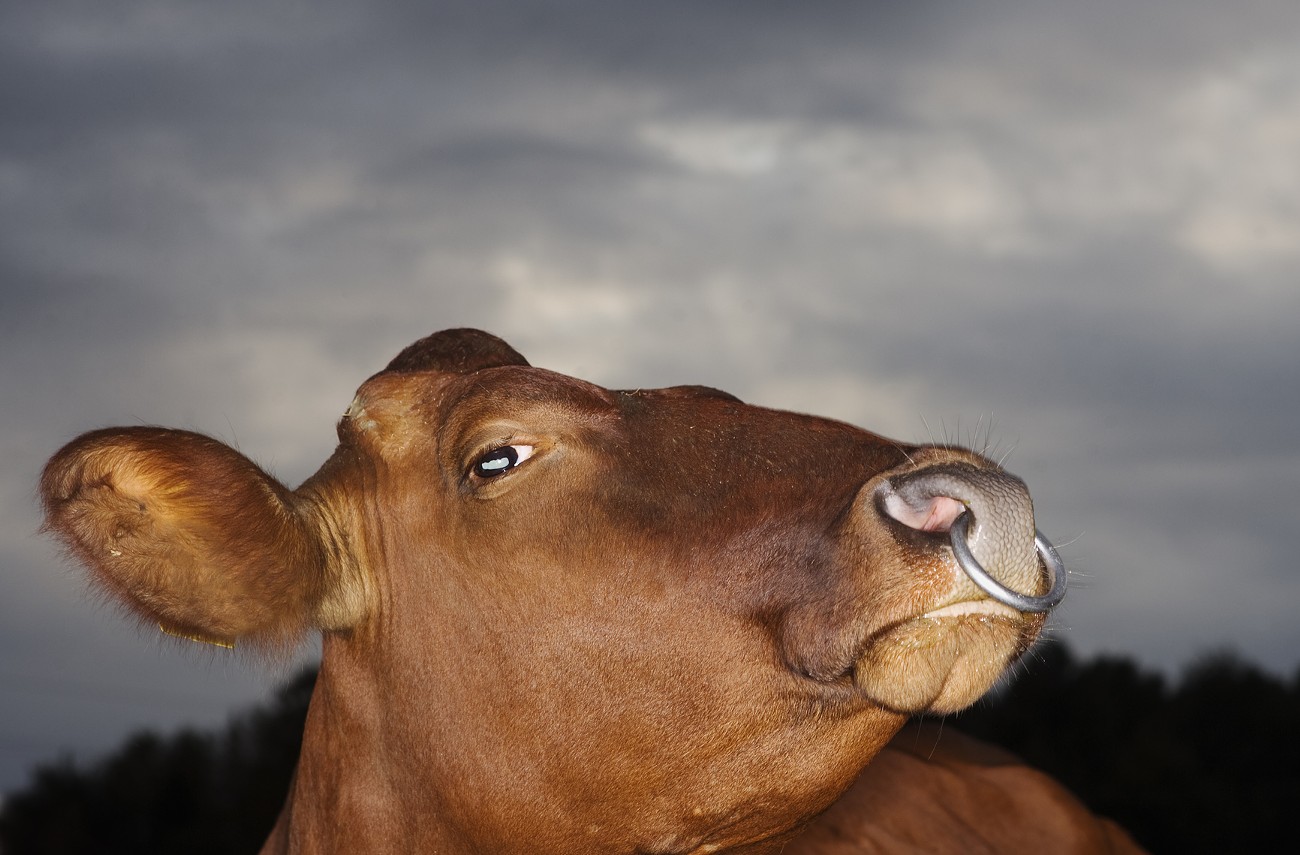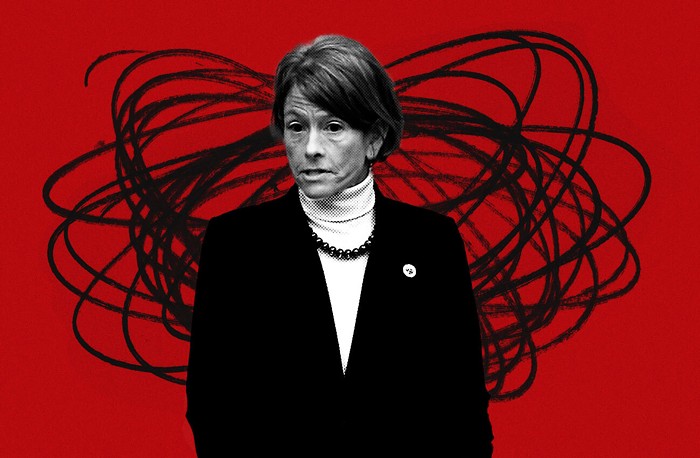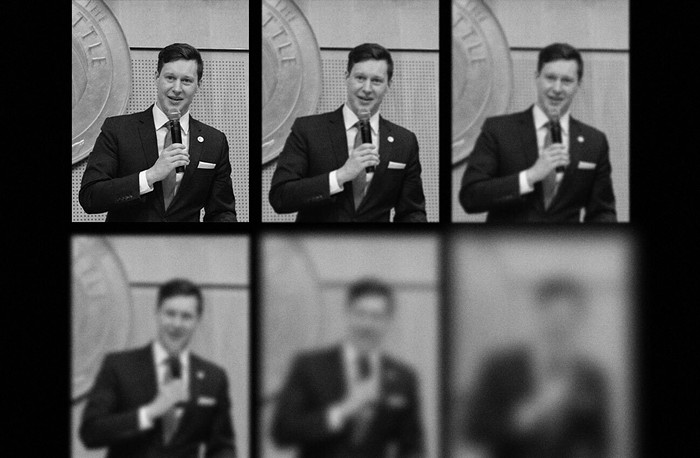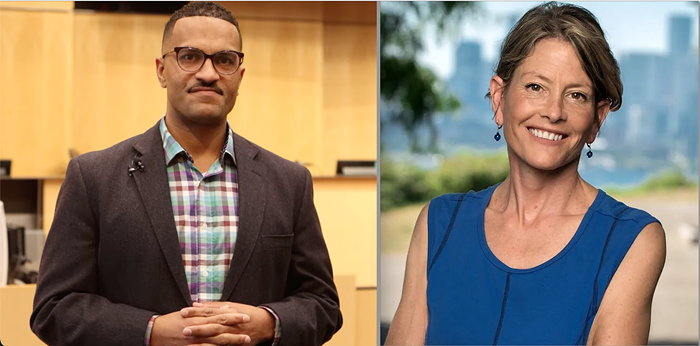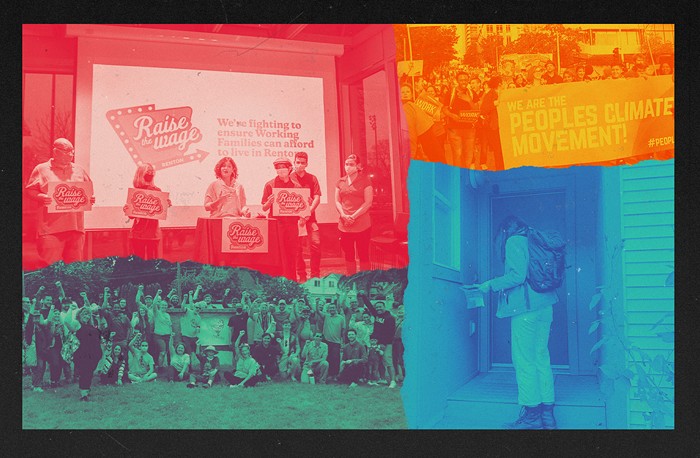On Tuesday, February 12, District 7’s Bob Kettle presented his “6 Pillars addressing the Permissive Environment.” These were, according to his reasoning, “the underlying factors behind crime tied to the lack of deterring structures that allow people to endanger themselves and our city.” The first concerned "police staffing"; the second: "legal tools"; the third: "closing unsecured buildings"; the fourth: "graffiti remediation"; the fifth: "public health"; and, last but not least: "collaboration with the county and state." Considered as a whole, the pillars said something that even a child in preschool could understand: If we use a bigger stick and hit all the harder, bad people will stop being bad. And that's about it. That's the extent of Kettle's wisdom if you remove the adult-sounding words "permissive environment." Pain really hurts.
Council’s Public Safety Focus Will Be “Permissive Environment” Toward Crime
— PubliColaNews (@PubliColaNews) February 15, 2024
It's time to "allow police to police," one council member said.
New at PubliCola.https://t.co/xj94f6Ou9b
Now I must tell the children a story. Children love stories. This one happened near Watsomba, a "growth point" (as developmental economists call it) in the Zimbabwean province of Manicaland. It's around 1983, and the day is coming to an end on a small farm. (All good stories happen at dusk.) Now picture this: In the distance, fluffy clouds, misty hills, and balancing rocks. Near the farm's house: A boy is hitting a cow repeatedly with a big stick. A few minutes before this bad beating business began, the boy was trying to lead the cow into a kraal, or livestock enclosure. But for no apparent reason, the cow stopped and refused to move. And so, at dusk, the stick-wielding boy is striking this cow, which moans in pain with each blow. And each blow comes with extra boy-force.
Eventually, an adult, alarmed by the commotion, leaves the farmhouse (they were preparing sadza and chicken stew) and approaches this horrible situation. At first, the adult can't make sense of what's going on. Why is the child punishing this poor cow? What has she done? The dusk deepens.
The adult asks: "Child, what's this all about?" The boy replies: "It's so stubborn, this stupid animal. It will not listen to me! It just wants to stay right where it is. I will teach it a good lesson. I will hit even harder." He whacks the cow again; and the cow moans again. The adult looks at the angry-faced boy, then all around the cow, and discovers the cow's foot is stuck in the barbed wire of a fallen section of the farm's fence. If the cow moves, the barbed wire punctures and hurts her right front limb. If she does not move, the boy hurts her rump. The adult frees the cow from the barbed wire, and, as the stars appear in the sky, as smoke rises from huts on a hill, she runs away from a disturbing moment she will never ever forget.
That is the story.
Now, can you see what it's getting at? Who is Kettle in this story? Can you guess? Yes, the boy. But who should he be? The adult. Why? Because he has lived much longer than the boy and so should know more. Right. He should. One expects a grownup to see the world from a wider perspective. Maybe they've also learned a little economics, a little history, and some sociology—you know, the things a child would never understand. But instead he is thinking just like a boy, a person whose experience is very limited. This, sad to say, is our city council. It's packed with childish thinking.
The deputy misinterpreted the sound of an acorn striking the patrol vehicle as a gunshot. pic.twitter.com/f8Zn7u1d4P
— Githii (@githii) February 13, 2024
*acorn gently falls
— EducatëdHillbilly™ (@RobProvince) February 14, 2024
Me: pic.twitter.com/yg1XJwvy0K
